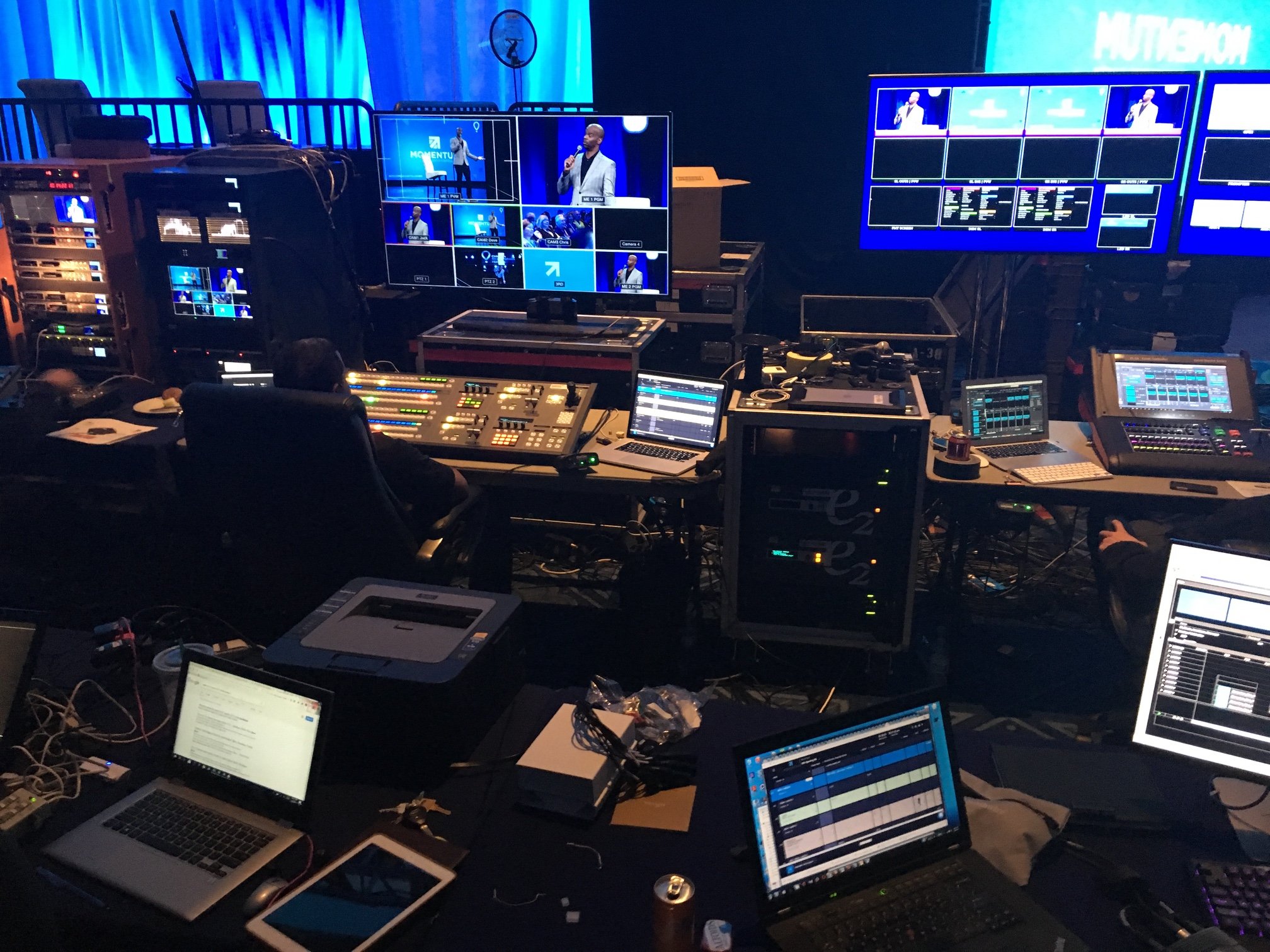Elegant Event Rentals by Your Event Source Charlotte for Any Celebration.
Elegant Event Rentals by Your Event Source Charlotte for Any Celebration.
Blog Article
Why Event Source Solutions Are Necessary for Seamless Event-Driven Styles
In the realm of modern-day software development, event-driven designs are progressively common, yet their efficiency pivots on the implementation of durable event source solutions. These services not only enhance the generation and management of events but additionally improve inter-component interaction by decoupling producers from customers. This separation is essential for keeping system resilience and flexibility. As industries change in the direction of real-time data handling, recognizing the ramifications of event sourcing ends up being vital. What are the certain advantages that emerge when these remedies are integrated, and just how do they influence the future landscape of application growth?
Recognizing Event-Driven Architectures
Event-driven architectures (EDAs) represent a paradigm shift in developing software application systems, where the circulation of details is established by the occurrence of events. This architectural style advertises a decoupled approach, allowing different components to communicate asynchronously. In EDAs, events act as the main ways of communication, causing processes or workflows in response to particular occurrences, such as individual actions or system modifications.
The secret elements of an EDA include occasion producers, which generate events; occasion customers, which react to events; and occasion networks, which assist in the transmission of events between manufacturers and customers. This structure enhances system responsiveness and scalability, as parts can individually refine events without the requirement for synchronous communication.
Additionally, EDAs allow real-time data handling, making them suitable for applications needing instant understandings-- such as fraud detection in economic systems or keeping an eye on IoT tools. They also support an even more active advancement environment, permitting teams to iterate swiftly and deploy brand-new functions with minimal interruption to existing services.
The Duty of Event Resource Solutions
While different components in an event-driven style depend on effective interaction, event resource solutions play a critical function in generating and handling the flow of occasions. These solutions function as the initial factor of occasion development, recording modifications in state or customer actions and equating them into events that can be circulated through the system.

Moreover, they assist in the decoupling of manufacturers and consumers within a design, permitting systems to range independently. This decoupling is essential for boosting system strength, as it lessens dependences that might otherwise result in bottlenecks or single factors of failing.
Advantages of Real-Time Data Processing
Real-time data handling dramatically boosts the capacities of event-driven designs by allowing instant insights and activities based upon the most recent information (your event source charlotte). This immediacy not only increases decision-making yet likewise enhances the relevance and precision of those decisions. Organizations can react to occasions as they happen, minimizing latency and enhancing functional dexterity
One of the key advantages of real-time data handling is the capability to capture and analyze information constantly. This helps with proactive actions instead than reactive reactions, allowing organizations to prepare for fads and prospective issues prior to they intensify. For example, in markets such as financing or shopping, real-time analytics can determine fraudulent deals or customer habits adjustments, allowing quick treatments that alleviate risk and maximize consumer fulfillment.

Inevitably, the combination of real-time data processing into event-driven styles encourages companies to harness the full potential of their data, driving technology and affordable benefit official website in a significantly vibrant market.
Enhancing System Communication
Efficient communication between systems is important for the success of any kind of event-driven style. Occasion resource options promote this interaction by giving a durable structure for recording and transferring occasions in actual time. By systematizing just how systems create and eat occasions, these services remove obscurity and foster interoperability, permitting disparate systems to interact effortlessly.
Using event streams enables systems to respond immediately to adjustments, making sure that all elements are straightened and educated. This responsiveness is vital in settings where prompt data exchange directly affects decision-making and general system efficiency. Occasion source options supply mechanisms for occasion filtering system, transformation, and directing, boosting the efficiency of data circulation in between systems.
Additionally, by carrying out a publish-subscribe version, event source options decouple system parts, allowing for higher adaptability and scalability. This decoupling means that systems can develop individually, making basics it less complicated to integrate new capabilities or replace existing elements without interrupting total interaction.
Future Trends in Event Sourcing

One more significant fad is the rise of cloud-native occasion sourcing services. These systems leverage the scalability and adaptability of cloud facilities, permitting organizations to successfully manage and save substantial amounts of event information without the overhead of conventional systems. This change advertises higher accessibility and collaboration throughout teams.
Furthermore, the fostering of microservices architecture is affecting event sourcing techniques. As companies significantly segment their applications into smaller sized, independent solutions, event sourcing supplies a durable mechanism to preserve information consistency and stability throughout these dispersed systems.
Conclusion
To conclude, occasion source services act as a vital structure for special info smooth event-driven architectures, allowing reliable occasion generation and management. By helping with asynchronous interaction in between parts, these solutions improve system durability and advertise the independent advancement of solutions. The benefits of real-time data processing and enhanced system communication emphasize the relevance of adopting event sourcing approaches. As the need for durable dispersed systems increases, the significance of event source options will certainly proceed to grow, shaping the future of event-driven style.
Report this page